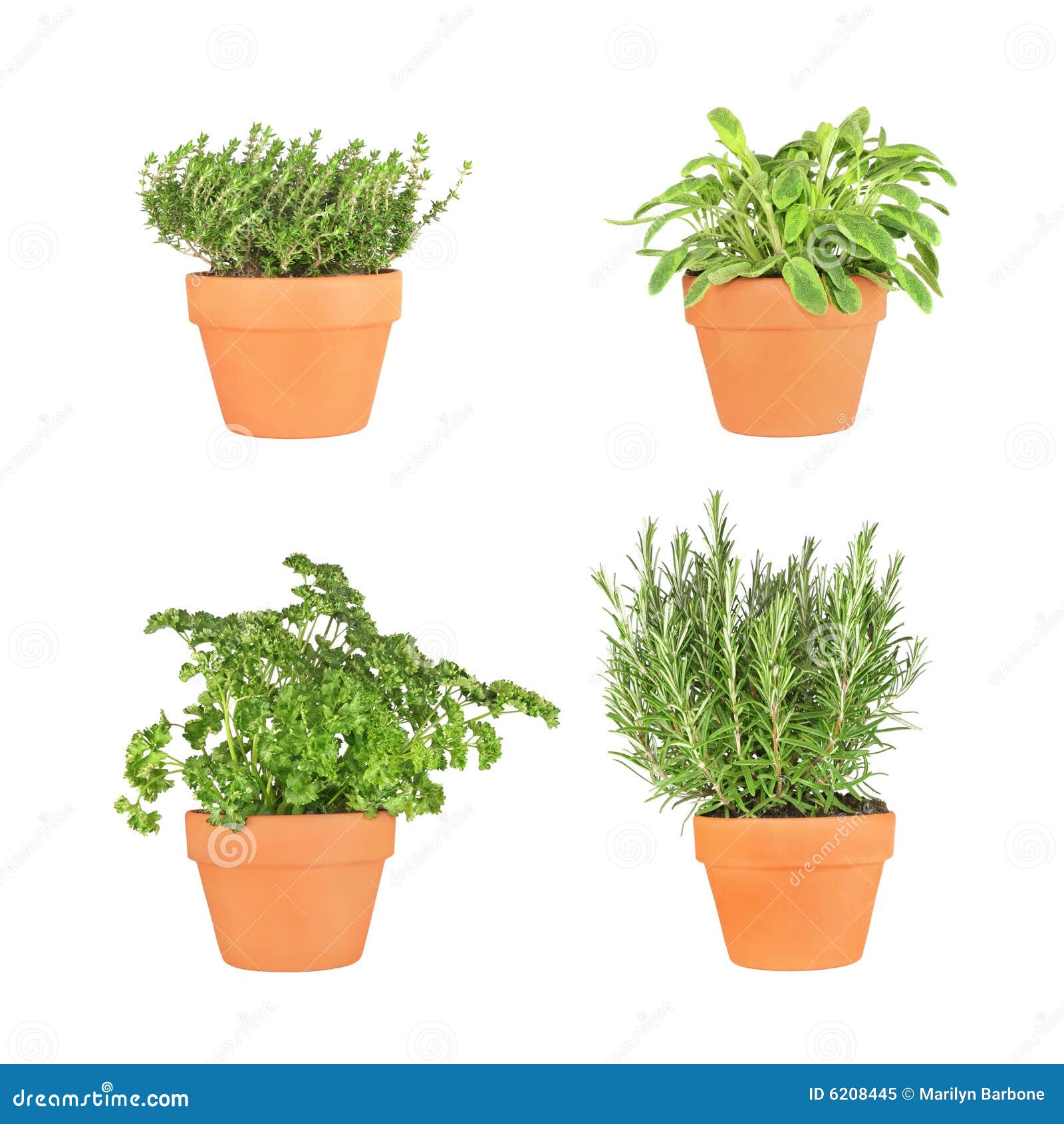Growing Rosemary & Thyme: A Practical Handbook For Beginners

Table of Contents
Choosing the Right Rosemary and Thyme Varieties
Selecting the right rosemary and thyme varieties is crucial for success. Different varieties boast unique growth habits, flavour profiles, and suitability for various climates and spaces. For beginners, choosing easy-to-grow varieties is key.
-
Rosemary Varieties:
- Tuscan Blue Rosemary: A popular choice known for its robust growth and intense flavour. It's an upright variety, perfect for borders or containers.
- Miss Jessopp's Upright Rosemary: Another reliable upright variety, appreciated for its strong fragrance and ease of cultivation. It’s relatively compact, making it suitable for smaller gardens.
- Prostrate Rosemary: If you have limited space, consider a creeping or prostrate rosemary which spreads horizontally, making it ideal for ground cover or hanging baskets.
-
Thyme Varieties:
- English Thyme: A classic choice prized for its subtle, earthy flavour, perfect for all your culinary needs. It's a low-growing, spreading variety.
- Lemon Thyme: Adds a delightful citrusy twist to dishes. This variety also has a low, spreading growth habit.
- Creeping Thyme: Ideal for rock gardens or as a ground cover, this thyme thrives in sunny, well-drained locations.
Consider your climate and available space when making your selection. Upright varieties need more vertical space, while creeping varieties are excellent for ground cover or containers.
Planting Your Rosemary and Thyme
Planting your rosemary and thyme correctly sets the stage for healthy growth. You can start from seeds, cuttings, or purchase established plants.
-
Starting from Seeds (Rosemary):
- Sow seeds indoors 6-8 weeks before the last frost.
- Use a seed starting mix and keep the soil consistently moist.
- Once seedlings have a few true leaves, transplant them into individual pots.
-
Planting Seedlings or Established Plants:
- Choose a sunny location with well-drained soil. Rosemary and thyme need at least 6 hours of sunlight daily.
- Amend heavy clay soils with compost to improve drainage.
- Dig holes slightly larger than the root ball and gently place the plant in the hole.
- Fill the hole with soil, firming gently around the base.
- Water thoroughly after planting.
-
Spacing: Space rosemary plants 2-3 feet apart, and thyme plants 1-1.5 feet apart, depending on the variety and mature size.
Caring for Your Rosemary and Thyme
Providing proper care ensures healthy, thriving rosemary and thyme plants. Regular watering, fertilization, pruning, and pest control are key elements.
- Watering: Water deeply but infrequently, allowing the soil to dry slightly between waterings. Overwatering is a common problem, leading to root rot.
- Fertilizing: Use a balanced, organic fertilizer sparingly, once or twice during the growing season. Too much fertilizer can negatively impact the flavor of the herbs.
- Pruning: Regular pruning helps maintain shape, encourages bushier growth, and prevents legginess. Prune after flowering, removing about one-third of the plant’s growth.
- Pest Control: Rosemary and thyme are generally pest-resistant. However, keep an eye out for aphids and spider mites, treating them organically if necessary.
Harvesting Your Rosemary and Thyme
Harvesting your herbs at the right time maximizes their flavour and aroma.
- Harvesting Time: Harvest rosemary and thyme just before flowering for the best flavour. Snip stems or individual leaves as needed, throughout the growing season.
- Harvesting Methods: For rosemary, you can snip off stems or strip leaves individually. For thyme, you can cut back stems or simply pluck leaves.
- Drying and Preserving: Air drying is a simple method—bundle stems and hang them upside down in a cool, dry, dark place. Oven drying at low temperatures (around 170°F) is also effective.
- Culinary Uses: Fresh rosemary and thyme are wonderful additions to roasted meats, soups, stews, and countless other dishes. Dried herbs are equally versatile.
Conclusion
Growing rosemary and thyme successfully is easier than you might think! By following these simple steps for planting, caring for, and harvesting your herbs, you can enjoy the delicious flavor and fragrance of homegrown rosemary and thyme all season long. The benefits extend beyond culinary delights; a flourishing herb garden brings beauty and a calming aroma to your outdoor space. Start your own fragrant herb garden today! Learn more about growing rosemary and thyme and discover the joys of cultivating these versatile and flavorful herbs. Begin your journey with the simple steps outlined in this guide to growing rosemary and thyme.

Featured Posts
-
 Arcachon 22e Anniversaire Du Tip Top One
May 31, 2025
Arcachon 22e Anniversaire Du Tip Top One
May 31, 2025 -
 Understanding The Value Of Middle Managers Benefits For Companies And Staff
May 31, 2025
Understanding The Value Of Middle Managers Benefits For Companies And Staff
May 31, 2025 -
 Retour Sur Le Tip Top One 22 Ans D Histoire A Arcachon
May 31, 2025
Retour Sur Le Tip Top One 22 Ans D Histoire A Arcachon
May 31, 2025 -
 Emerging Covid 19 Variant Who Concerns Over Global Case Increases
May 31, 2025
Emerging Covid 19 Variant Who Concerns Over Global Case Increases
May 31, 2025 -
 Is Parker Meadows Returning Soon A Detroit Tigers Notebook Update
May 31, 2025
Is Parker Meadows Returning Soon A Detroit Tigers Notebook Update
May 31, 2025
